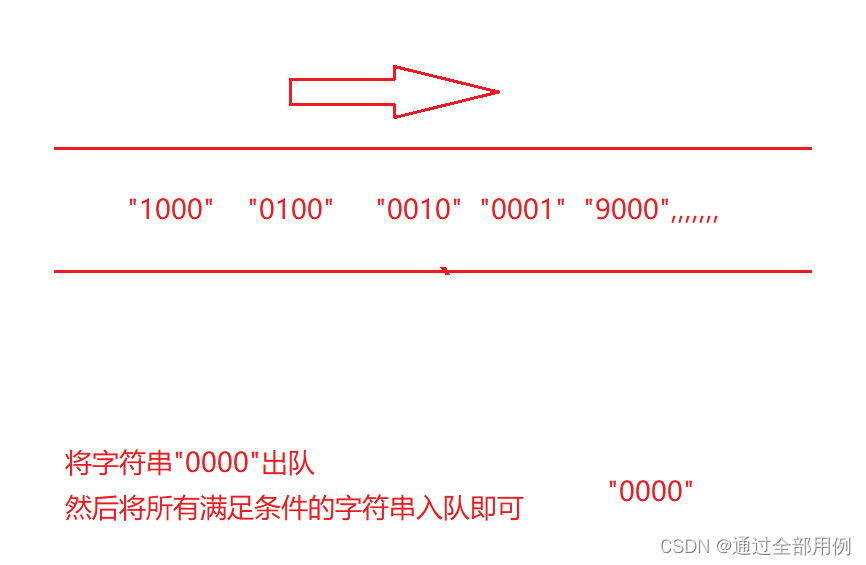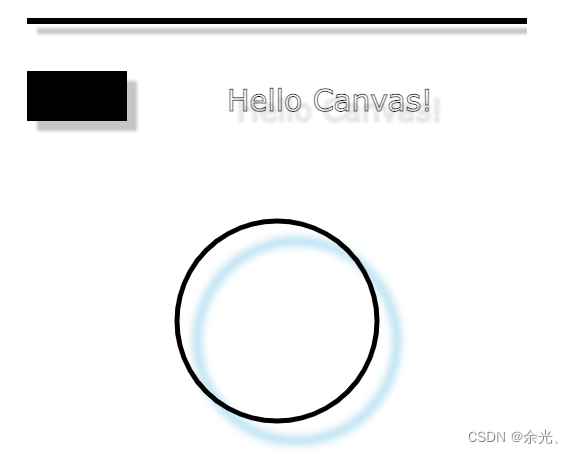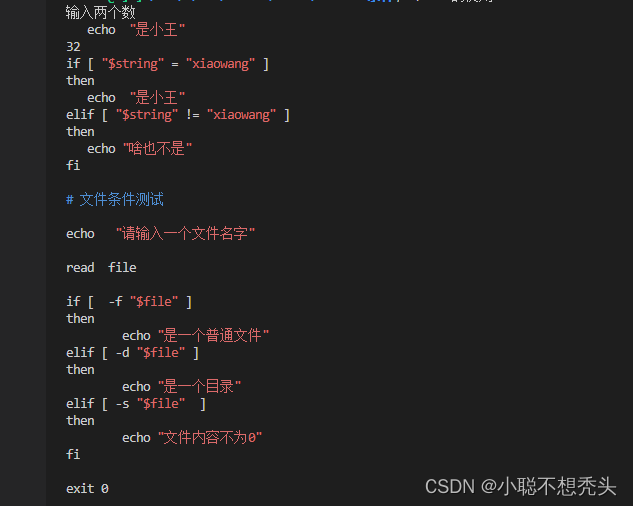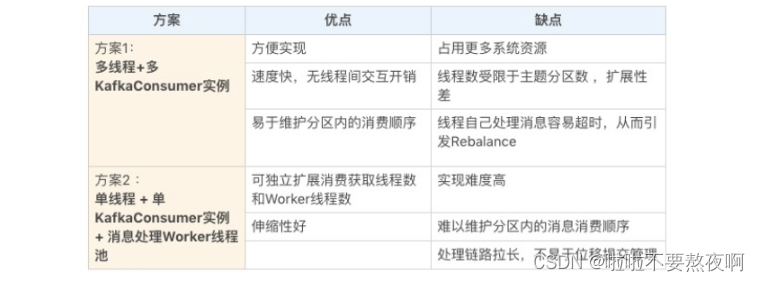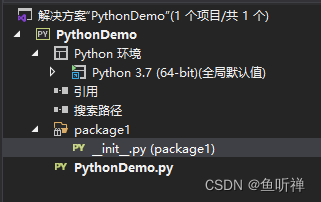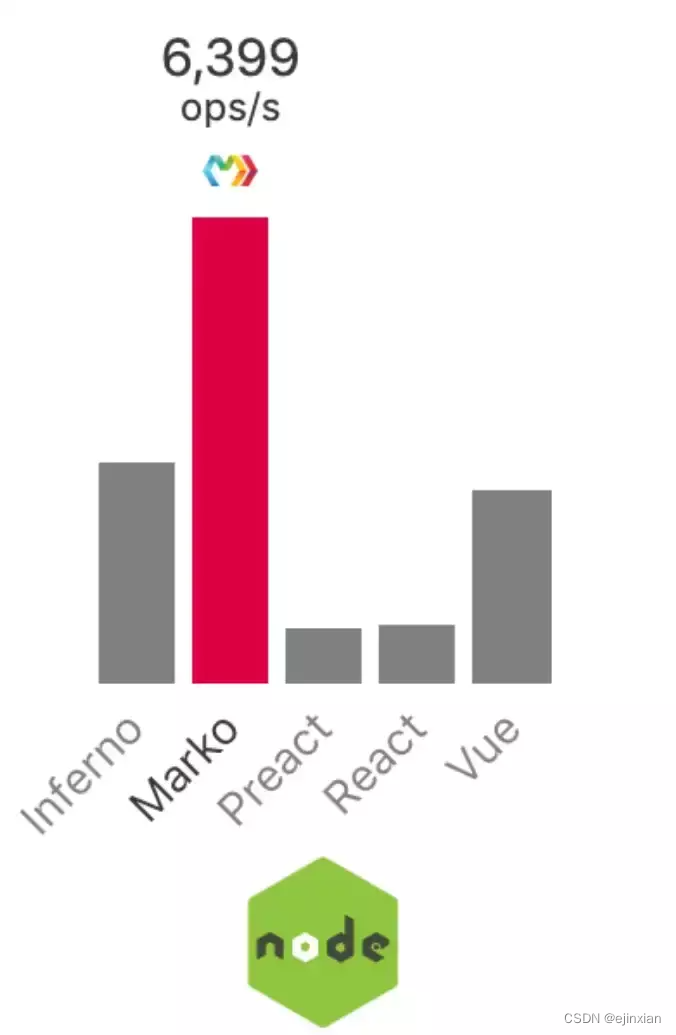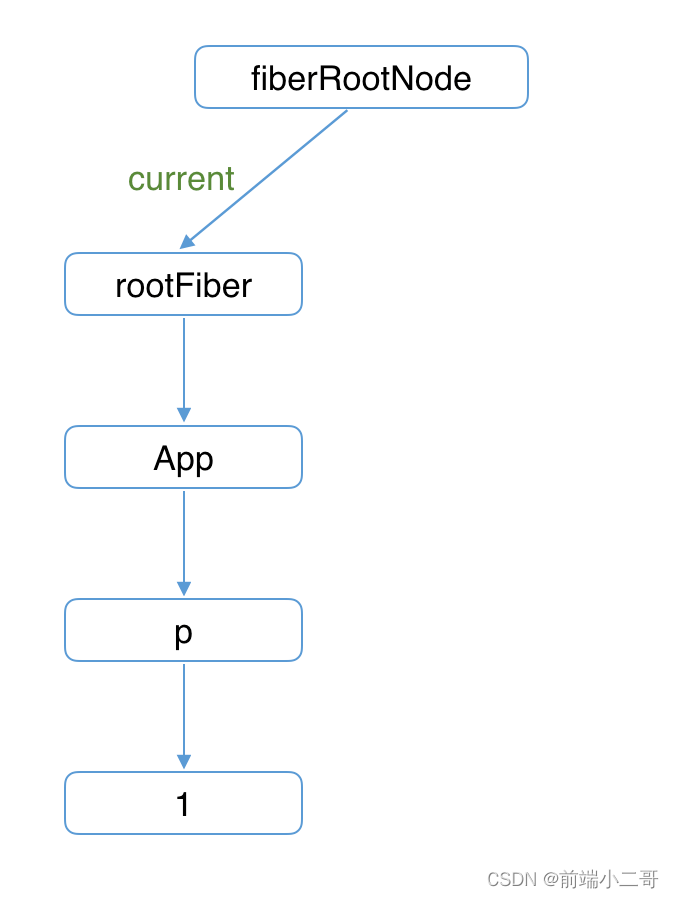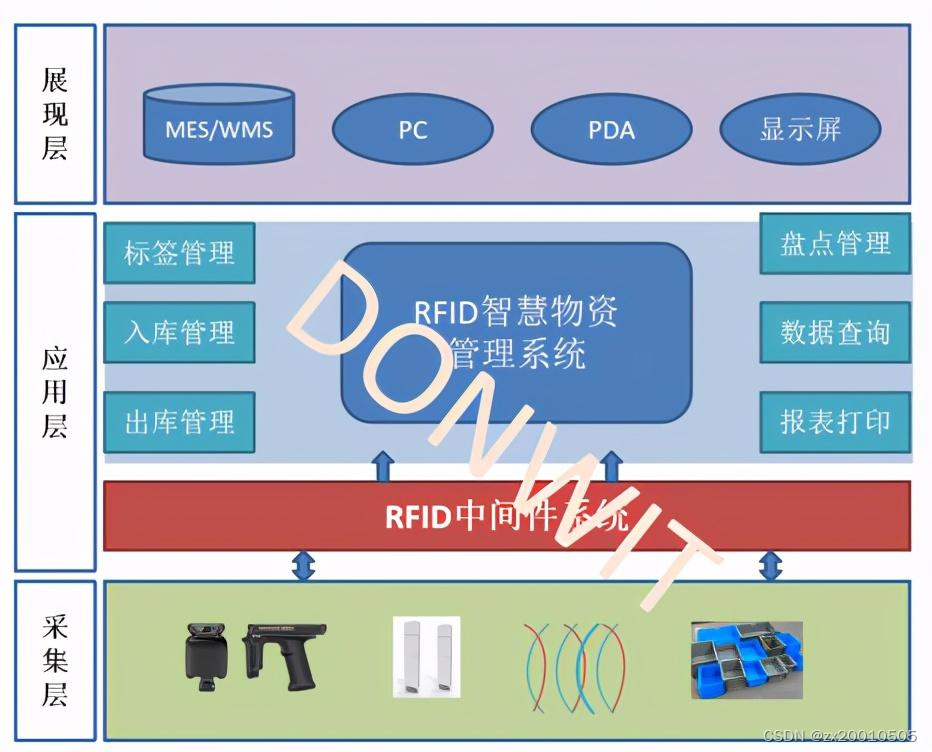项目介绍
任何系统都要遵循系统设计的基本流程,本系统也不例外,同样需要经过市场调研,需求分析,概要设计,详细设计,编码,测试这些步骤,基于java语言设计并实现了4S店车辆系统,后端使用SpringBoot框架,前端使用Vue技术。该系统基于B/S即所谓浏览器/服务器模式,应用java技术,选择MySQL作为后台数据库。系统主要包括首页、个人中心、销售员管理、维修员管理、客户管理、供应商信息管理、保险公司管理、车辆信息管理、物资信息管理、车辆销售管理、车辆维修管理、营业统计管理、销售统计管理等功能模块。
本文首先介绍了4S店车辆管理的技术发展背景与发展现状,然后遵循软件常规开发流程,首先针对系统选取适用的语言和开发平台,根据需求分析制定模块并设计数据库结构,再根据系统总体功能模块的设计绘制系统的功能模块图,流程图以及E-R图。然后,设计框架并根据设计的框架编写代码以实现系统的各个功能模块。最后,对初步完成的系统进行测试,主要是功能测试、单元测试和性能测试。测试结果表明,该系统能够实现所需的功能,运行状况尚可并无明显缺点。
系统功能需求分析是通过软件开发者在参与市场调研,与管理者及使用者交流后经过详细缜密的思考,再讨论研究后得出的初步系统开发所需实现功能。这是开发的第一步,也是至关重要的一步,如果不在这个阶段制定系统所需模块,日后会带来不必要的麻烦。因此,必须严肃认真,全身心投入去做好这个步骤。
本课题要求实现一套4S店车辆管理系统,系统主要包括管理员、销售员和维修员等功能模块。
系统功能结构图如下:
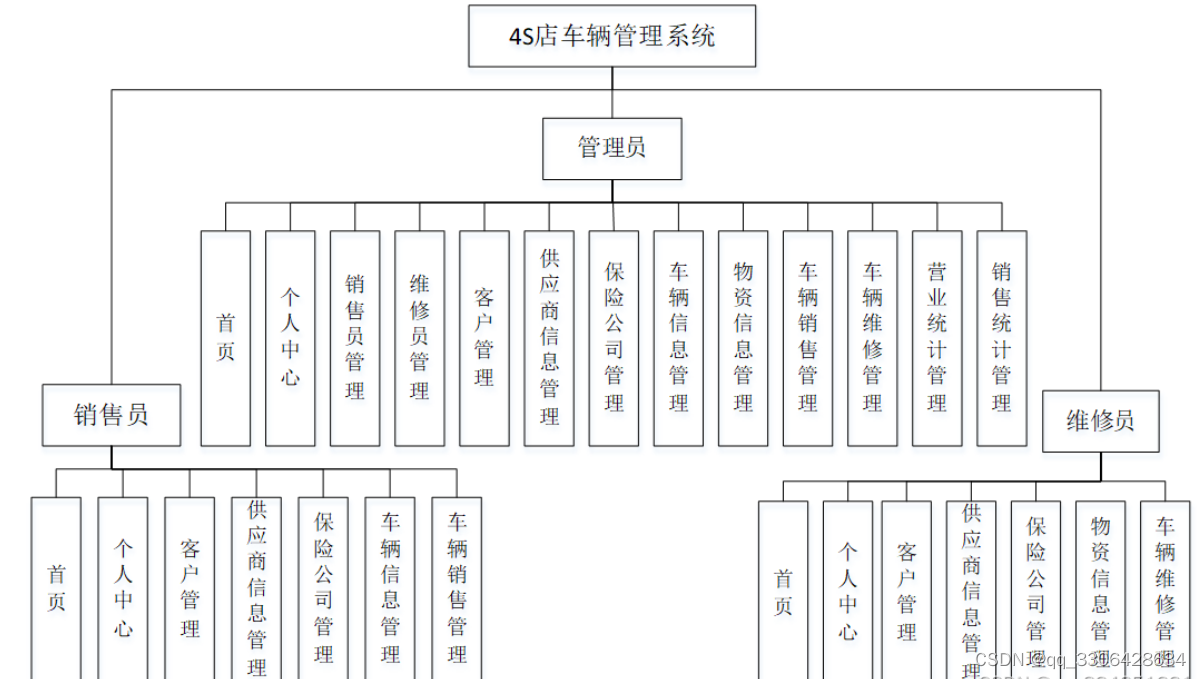
开发环境
开发语言:java
数据库 :mysql
系统架构:b/s
后端框架:SpringBoot
前端框架:Vue
开发工具:idea或者eclipse,jdk1.8,maven
支持定做:java/php/python/android/小程序/vue/爬虫/c#/asp.net
系统截图





















部分代码
package com.controller;
import java.util.Arrays;
import java.util.Calendar;
import java.util.Date;
import java.util.Map;
import javax.servlet.http.HttpServletRequest;
import org.springframework.beans.factory.annotation.Autowired;
import org.springframework.stereotype.Controller;
import org.springframework.web.bind.annotation.GetMapping;
import org.springframework.web.bind.annotation.PathVariable;
import org.springframework.web.bind.annotation.PostMapping;
import org.springframework.web.bind.annotation.RequestBody;
import org.springframework.web.bind.annotation.RequestMapping;
import org.springframework.web.bind.annotation.RequestParam;
import org.springframework.web.bind.annotation.ResponseBody;
import org.springframework.web.bind.annotation.RestController;
import com.annotation.IgnoreAuth;
import com.baomidou.mybatisplus.mapper.EntityWrapper;
import com.entity.TokenEntity;
import com.entity.UserEntity;
import com.service.TokenService;
import com.service.UserService;
import com.utils.CommonUtil;
import com.utils.MPUtil;
import com.utils.PageUtils;
import com.utils.R;
import com.utils.ValidatorUtils;
/**
* 登录相关
*/
@RequestMapping("users")
@RestController
public class UserController{
@Autowired
private UserService userService;
@Autowired
private TokenService tokenService;
/**
* 登录
*/
@IgnoreAuth
@PostMapping(value = "/login")
public R login(String username, String password, String captcha, HttpServletRequest request) {
UserEntity user = userService.selectOne(new EntityWrapper<UserEntity>().eq("username", username));
if(user==null || !user.getPassword().equals(password)) {
return R.error("账号或密码不正确");
}
String token = tokenService.generateToken(user.getId(),username, "users", user.getRole());
return R.ok().put("token", token);
}
/**
* 注册
*/
@IgnoreAuth
@PostMapping(value = "/register")
public R register(@RequestBody UserEntity user){
// ValidatorUtils.validateEntity(user);
if(userService.selectOne(new EntityWrapper<UserEntity>().eq("username", user.getUsername())) !=null) {
return R.error("用户已存在");
}
userService.insert(user);
return R.ok();
}
/**
* 退出
*/
@GetMapping(value = "logout")
public R logout(HttpServletRequest request) {
request.getSession().invalidate();
return R.ok("退出成功");
}
/**
* 密码重置
*/
@IgnoreAuth
@RequestMapping(value = "/resetPass")
public R resetPass(String username, HttpServletRequest request){
UserEntity user = userService.selectOne(new EntityWrapper<UserEntity>().eq("username", username));
if(user==null) {
return R.error("账号不存在");
}
user.setPassword("123456");
userService.update(user,null);
return R.ok("密码已重置为:123456");
}
/**
* 列表
*/
@RequestMapping("/page")
public R page(@RequestParam Map<String, Object> params,UserEntity user){
EntityWrapper<UserEntity> ew = new EntityWrapper<UserEntity>();
PageUtils page = userService.queryPage(params, MPUtil.sort(MPUtil.between(MPUtil.allLike(ew, user), params), params));
return R.ok().put("data", page);
}
/**
* 列表
*/
@RequestMapping("/list")
public R list( UserEntity user){
EntityWrapper<UserEntity> ew = new EntityWrapper<UserEntity>();
ew.allEq(MPUtil.allEQMapPre( user, "user"));
return R.ok().put("data", userService.selectListView(ew));
}
/**
* 信息
*/
@RequestMapping("/info/{id}")
public R info(@PathVariable("id") String id){
UserEntity user = userService.selectById(id);
return R.ok().put("data", user);
}
/**
* 获取用户的session用户信息
*/
@RequestMapping("/session")
public R getCurrUser(HttpServletRequest request){
Long id = (Long)request.getSession().getAttribute("userId");
UserEntity user = userService.selectById(id);
return R.ok().put("data", user);
}
/**
* 保存
*/
@PostMapping("/save")
public R save(@RequestBody UserEntity user){
// ValidatorUtils.validateEntity(user);
if(userService.selectOne(new EntityWrapper<UserEntity>().eq("username", user.getUsername())) !=null) {
return R.error("用户已存在");
}
userService.insert(user);
return R.ok();
}
/**
* 修改
*/
@RequestMapping("/update")
public R update(@RequestBody UserEntity user){
// ValidatorUtils.validateEntity(user);
UserEntity u = userService.selectOne(new EntityWrapper<UserEntity>().eq("username", user.getUsername()));
if(u!=null && u.getId()!=user.getId() && u.getUsername().equals(user.getUsername())) {
return R.error("用户名已存在。");
}
userService.updateById(user);//全部更新
return R.ok();
}
/**
* 删除
*/
@RequestMapping("/delete")
public R delete(@RequestBody Long[] ids){
userService.deleteBatchIds(Arrays.asList(ids));
return R.ok();
}
}
目录
第一章 绪论 5
1.1 研究背景 5
1.2 系统研究现状 5
1.3 系统实现的功能 6
1.4 系统实现的特点 6
1.5 本文的组织结构 6
第二章开发技术与环境配置 7
2.1 Java语言简介 7
2.2 JSP技术 8
2.3 MySQL环境配置 8
2.4 IDEA环境配置 9
2.5 Mysql数据库介绍 9
2.6 B/S架构 9
第三章系统分析与设计 11
3.1 可行性分析 11
3.1.1 技术可行性 11
3.1.2 操作可行性 11
3.1.3经济可行性 11
3.2 需求分析 12
3.3 总体设计 12
3.4 数据库设计与实现 13
3.4.1 数据库概念结构设计 13
3.4.2 数据库具体设计 14
第四章 系统功能的具体实现 22
4.1 系统功能模块 22
4.2 管理员功能模块 25
第五章 系统测试 29
总结 30
参考文献 31
致谢 32
